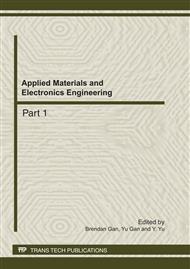p.251
p.256
p.262
p.266
p.270
p.274
p.278
p.282
p.288
Comparison of Near-Fault Effect Considered in Seismic Design Codes for Building
Abstract:
This paper compares the provisions of near-fault effect factors considered in the representative design codes in the world. It is found that the different codes carry out different near-fault effect values. Chinese, American, and New Zealand seismic design codes clearly present the near-fault effect factors, and Chinese seismic design code relatively presents the smallest near-fault effect values among the three codes. While Japanese code accounts for near-fault effect using empirical method and strong motion evaluation employing earthquake source model. The consideration of the near-fault effects in European Standard is the simplest among the five codes.
Info:
Periodical:
Pages:
270-273
Citation:
Online since:
October 2011
Authors:
Price:
Сopyright:
© 2012 Trans Tech Publications Ltd. All Rights Reserved
Share:
Citation:


